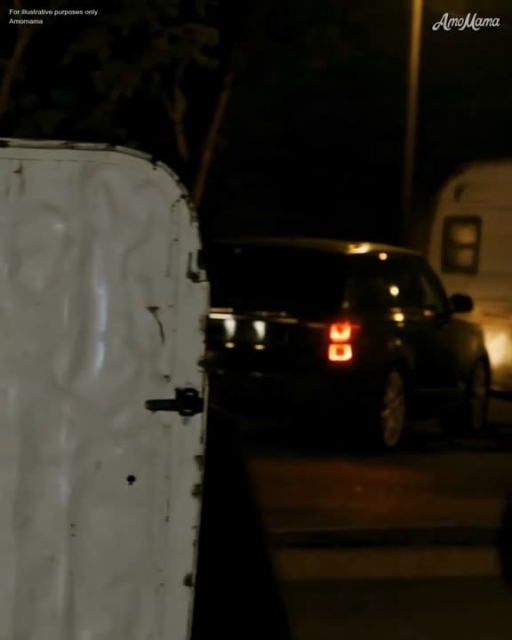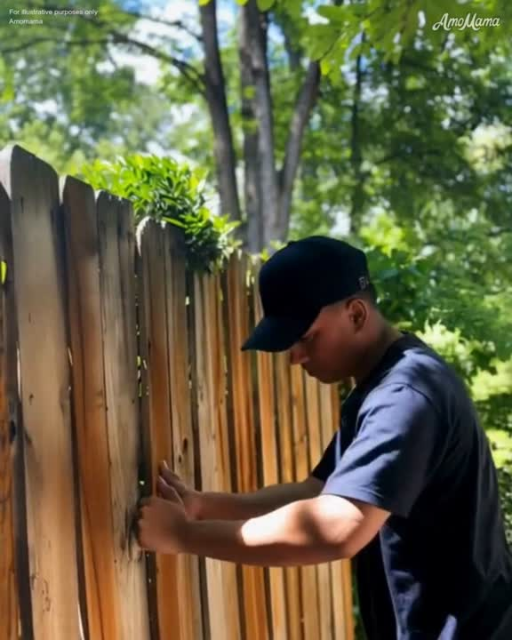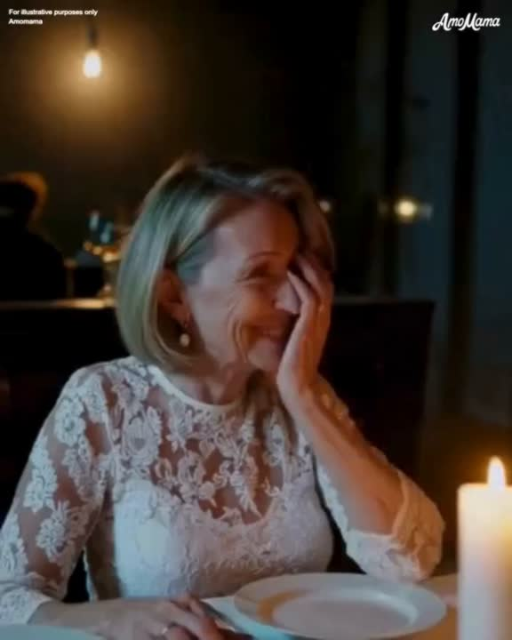A police officer pulled over a minivan that was crawling along the road at just 25 miles per hour, causing quite the backup in mid-day traffic.
Inside was an elderly gentleman behind the wheel, and a group of older ladies sitting silently, looking like statues—wide-eyed and clutching their purses for dear life.
The officer leaned in and asked, “Sir, is there a reason you’re driving so slowly?”
The man replied, “Well, officer, I’m just following the speed limit. The sign back there said 25!”
Trying not to chuckle, the officer shook his head. “Sir, that’s not the speed limit—that’s the highway number. You’re on Route 25. The speed limit here is 65.”
“Oh!” said the old man, eyes wide. “Well that explains a lot…”
The officer glanced around the van and noticed the elderly passengers looking extremely tense—stiff as boards and pale as ghosts.
He leaned in again. “Is everyone okay? The ladies look… a little shaken…”
The man gave a small, sheepish smile and replied,
“Well, officer… we just got off Route 119.”
That was how the story started, at least.
To most people, it was just a funny little roadside misunderstanding—one of those “grandpa doesn’t understand GPS” kind of moments.
But to me, it was something else. Because that man? That was my grandpa.
His name was Walter Simmons, and those women in the van? That was his Tuesday bridge club—five fierce, opinionated ladies in their 70s and 80s who still wore lipstick, carried embroidered handkerchiefs, and didn’t mess around when it came to card games or pie crusts.
I found out about the whole thing when it hit our local Facebook group. Someone had posted a blurry photo of the van pulled over, captioned:
“Why is Route 25 backed up? Because this van thinks 25 is the speed limit 😭😭”
I almost spit out my coffee when I zoomed in and realized that was Grandpa Walt behind the wheel. I called him immediately.
He answered with a chuckle, “You saw the post, didn’t you?”
“Oh, I saw it,” I said. “What in the world were you doing on Route 119?”
He explained that it was bridge day, and Shirley (the usual driver) had come down with a cold. The ladies voted and decided Grandpa Walt would be the backup chauffeur, since he still had a valid license and “wasn’t completely deaf like Harold.”
But Grandpa hadn’t driven outside of our small town in years. So instead of GPS, he followed what he thought were speed limit signs.
Route 119 was a rural, winding road with a real speed limit of 55—but if you drove 119 miles per hour on it, you’d be airborne.
“I thought the Buick was a little shaky,” he admitted.
The officer, thankfully, let him off with a warning—and even offered to escort them the rest of the way to the community center. The ladies eventually loosened their grips on their handbags and insisted on taking a group selfie with the cop “for the scrapbook.”
But here’s where the story takes a twist most people don’t know about.
Later that week, I dropped by Grandpa Walt’s house with muffins, and I found him sitting quietly at the kitchen table—not reading the paper, not doing a crossword, just… staring at his car keys.
“I think I’m done driving,” he said softly.
That caught me off guard. Grandpa was the kind of man who fixed his own fence at 82 and still shoveled his driveway every winter.
“I scared them,” he said. “Really scared them. I thought I was being helpful, but I could’ve gotten someone hurt.”
I sat down beside him. “They’re all okay, Grandpa. And you didn’t do it on purpose. It was an honest mix-up.”
He looked at me, eyes a little watery. “That’s the problem with getting older. Even your mistakes come with higher stakes.”
He handed me the keys. “Promise me you’ll take them if I ever try to drive alone again.”
I nodded, swallowing the lump in my throat.
A week later, something incredible happened.
The town council invited Grandpa and the bridge ladies to speak at the senior center about driving safety and independence. What was supposed to be a ten-minute Q&A turned into a full community event called “Seniors in the Driver’s Seat”—a light-hearted but practical workshop for older drivers and their families.
And guess who became the face of it?
Yep. Grandpa Walt.
The photo from the Facebook post—now sharpened and framed—sat next to a banner that read:
“Know the Route. Know the Limit. Know When to Pass the Keys.”
Even the officer who pulled him over came to the first workshop, shaking Grandpa’s hand and telling everyone, “Hey, at least he wasn’t texting.”
But here’s the best part—the twist that made all of this feel… right.
At the third workshop, a woman approached me after the event. She introduced herself as Camille and said her mother had been struggling with whether to take her father’s keys away.
“He’s proud. He won’t admit his memory’s slipping,” she said. “But after watching your grandfather today… he finally agreed to take a senior driving course.”
Her eyes welled up a little. “I think you saved his life. Or someone else’s.”
And that’s when I realized—what started as a simple mistake… became a movement. One that helped other families face the same tough questions, with a little more honesty and a little less fear.
Life Lesson:
Sometimes, our most embarrassing moments lead to our most meaningful ones. Grandpa Walt’s driving “oops” wasn’t just a story for laughs—it was the moment he showed the kind of wisdom that only comes from humility and love. Knowing when to let go isn’t weakness. It’s courage.
So, here’s to the people who know when it’s time to pass the keys—and to the loved ones who help them do it with grace and dignity.
If this story made you smile—or made you think of someone you love—please share it.
Drop a ❤️ if you believe every chapter of life deserves respect… and a good sense of humor.




